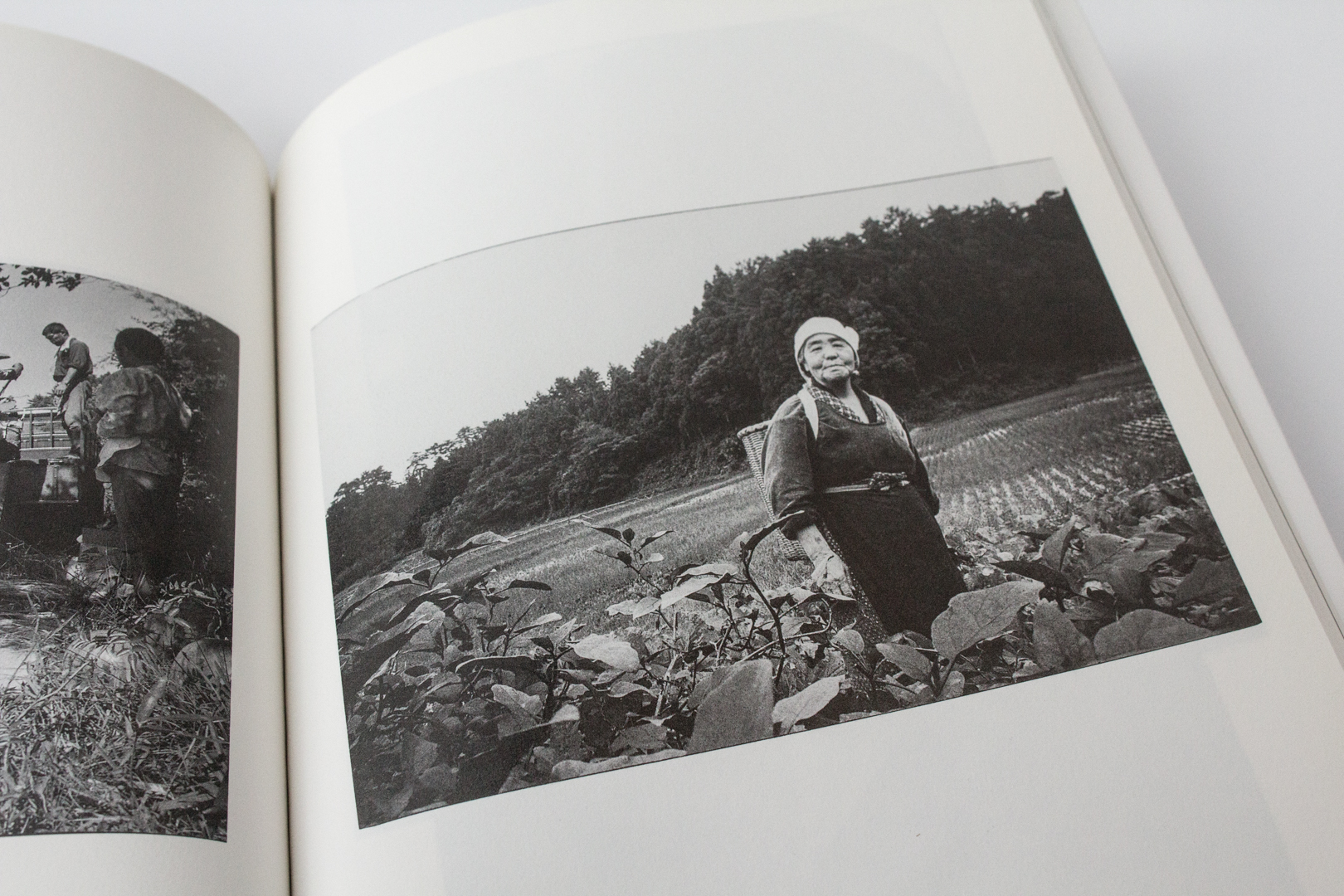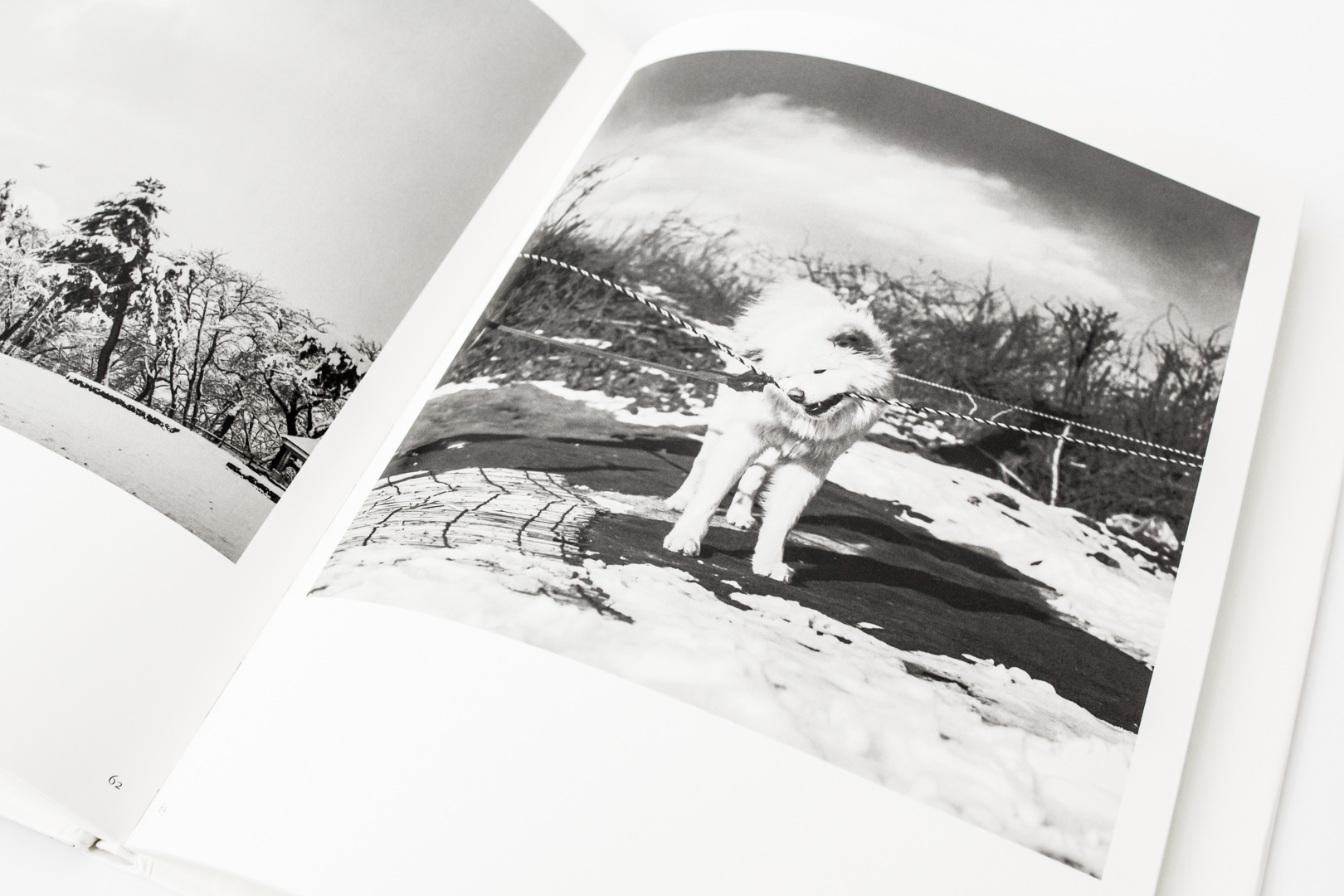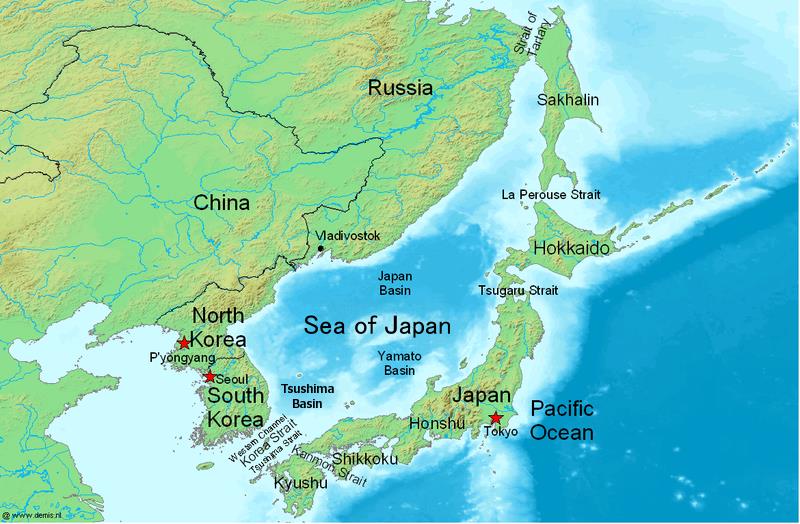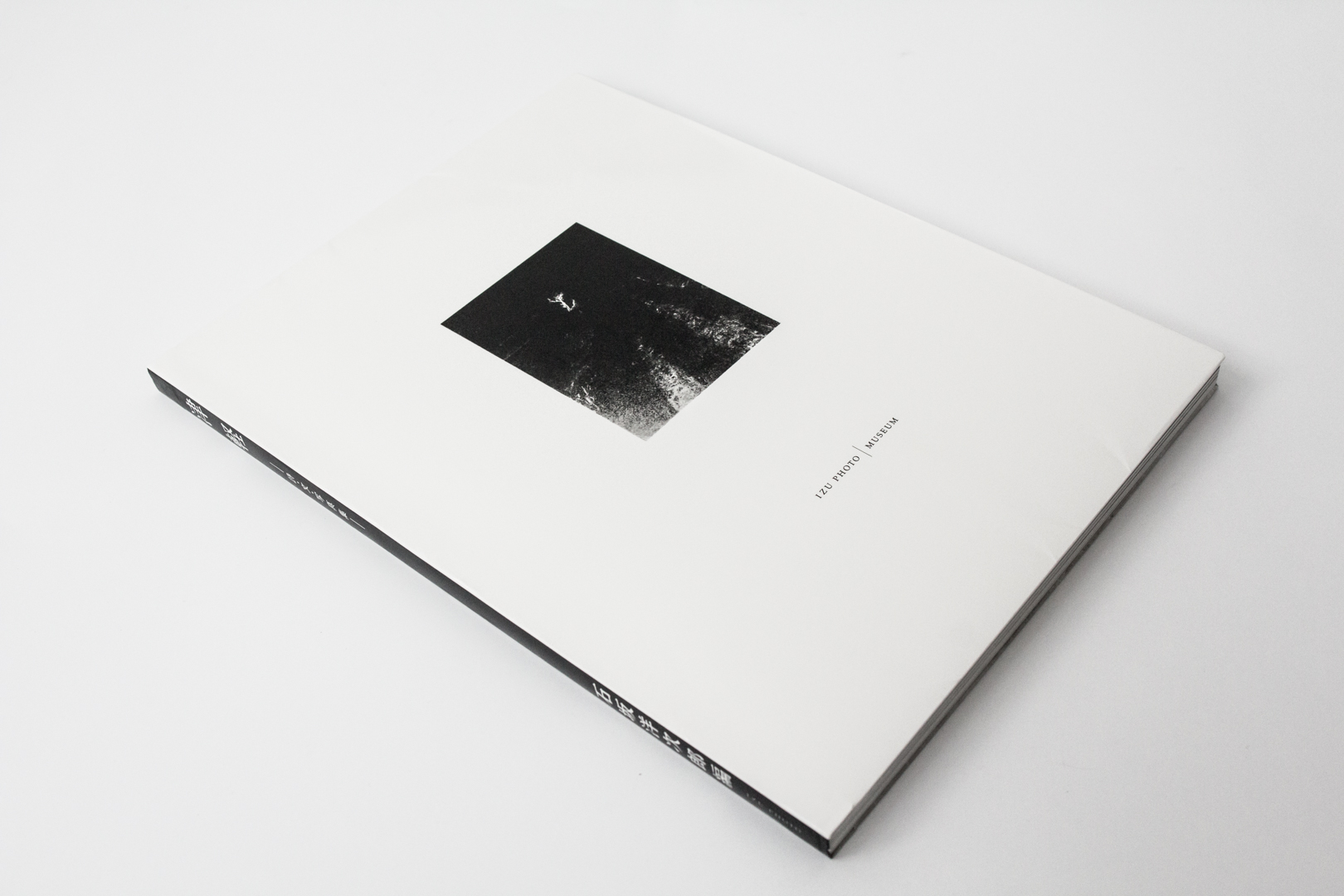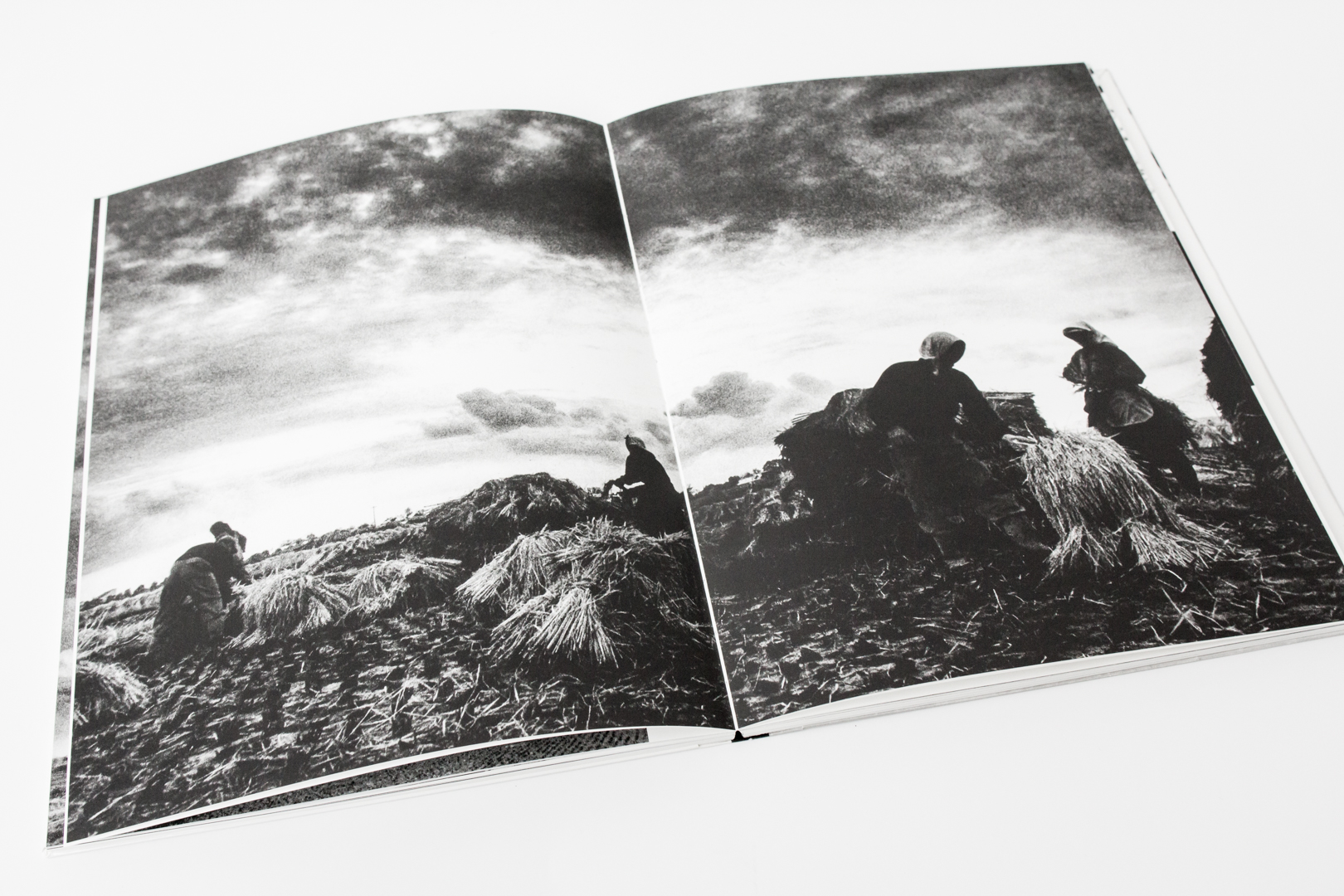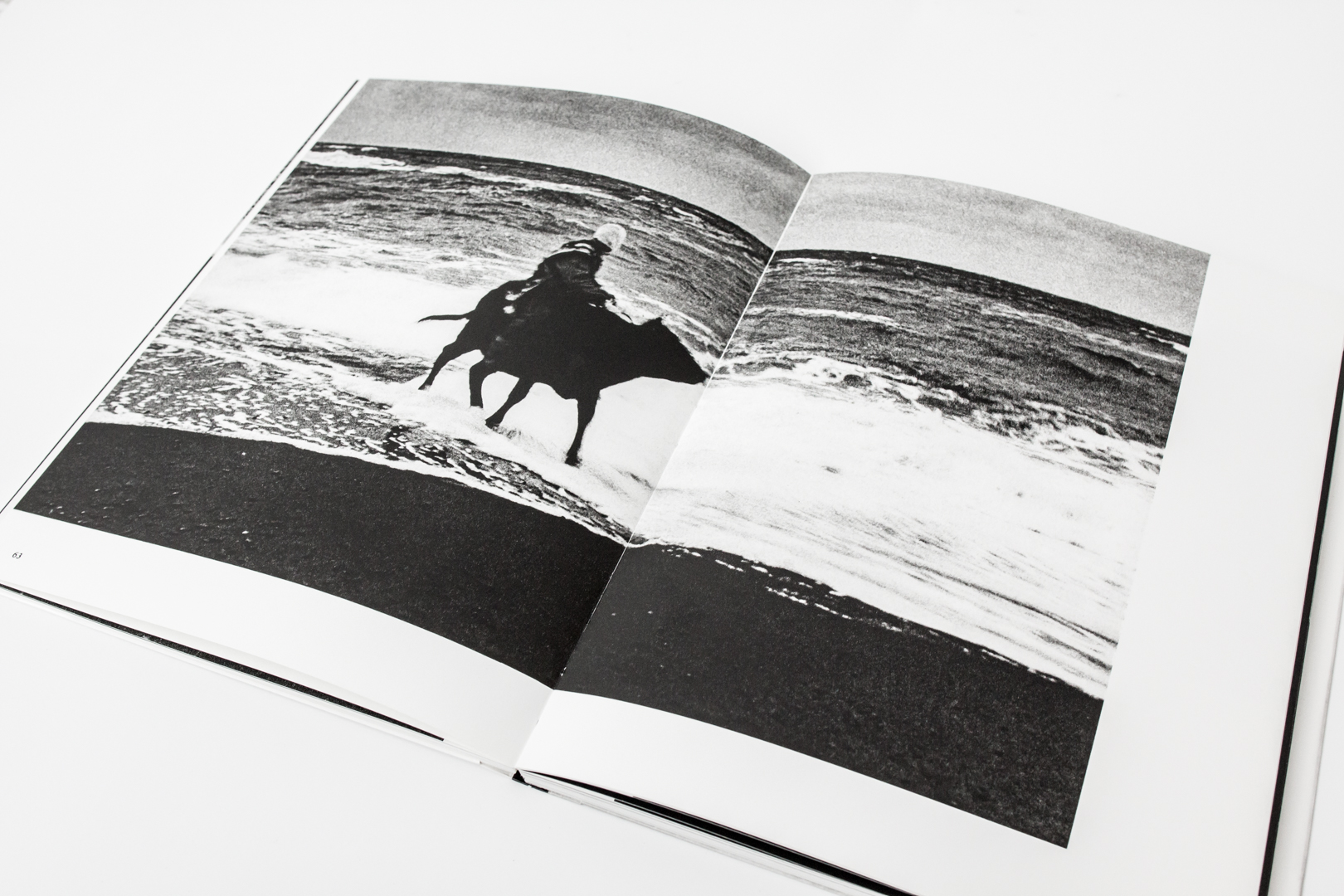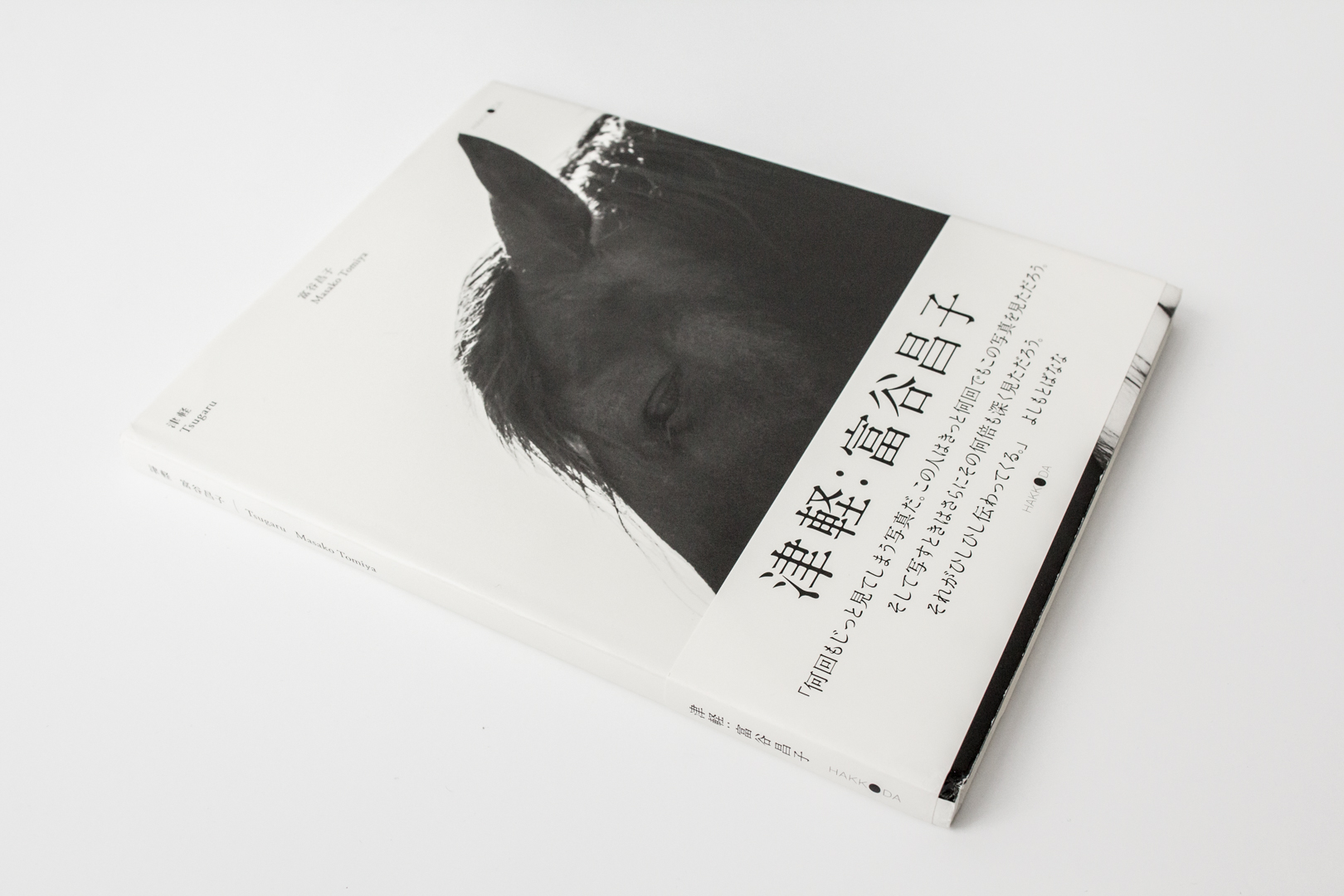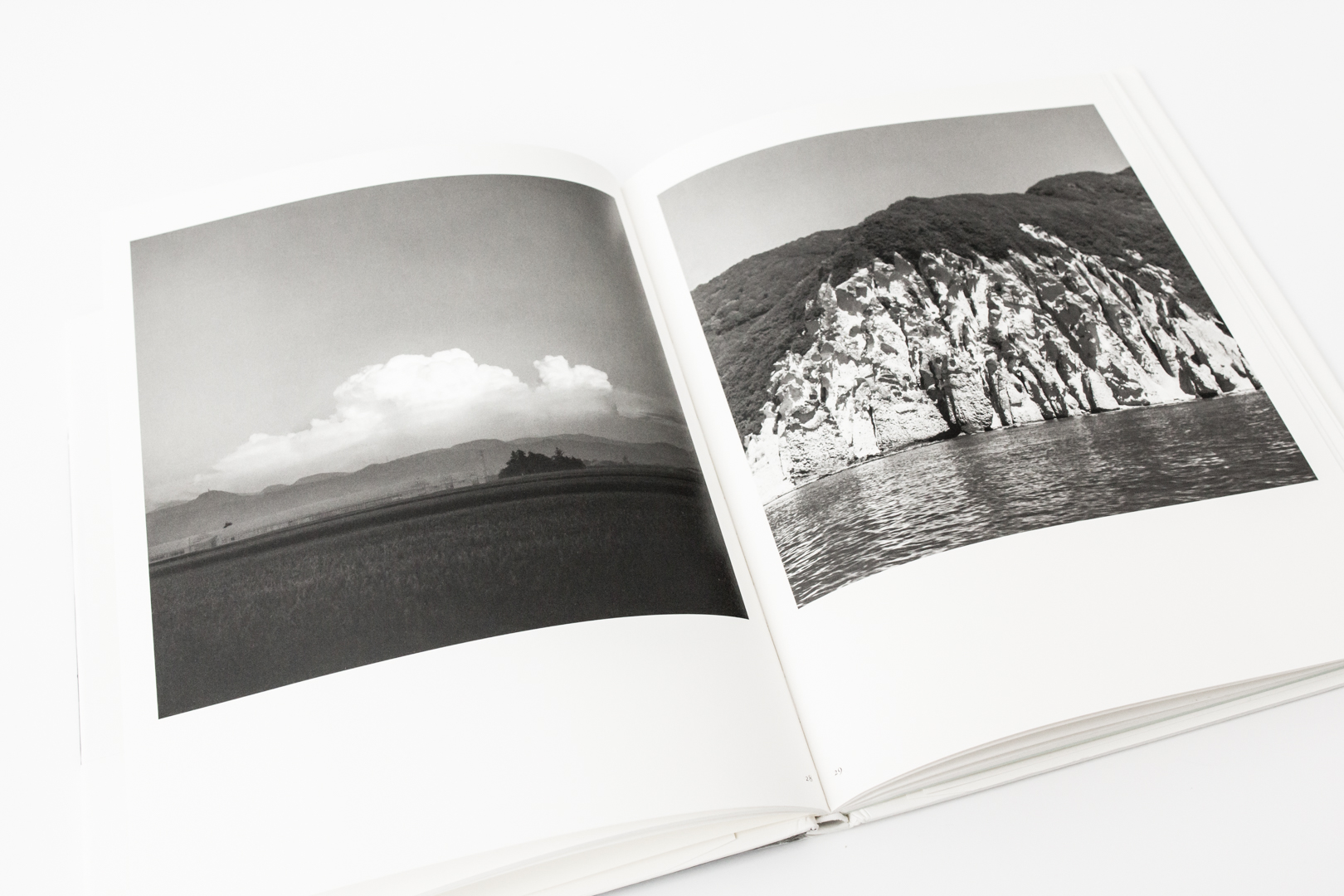Japanese Photobooks from the Collection of Chris Harris, Part 3
This is the third in a series of posts about an extraordinary photobook collection donated to the McCaw Foundation Library for Asian Art by collector, Chris Harris. Photobooks are photography-illustrated books which may or may not include additional text. The photography drives the content, rather than being supplemental to the written word. Often handmade, self-printed, or published in limited editions, these books are often considered works of art themselves.
People and Places in Dissonance
Continuing our exploration of the Harris collection of photobooks in the McCaw Foundation Library’s holdings, two photobooks in the collection bear witness to the lasting effects of human technological constructs on forest and farmland in rural Japan.
Ruin and Regeneration
Places can change in an instant, and for all time.

Mushrooms from the Forest 2011 by Takashi Homma
Mushrooms from the Forest 2011 by Takashi Homma (Blind Gallery, 2014), present a serene yet evocative pictorial commentary on life in Fukushima prefecture after the 2011 earthquake, tsunami, and subsequent nuclear disaster.
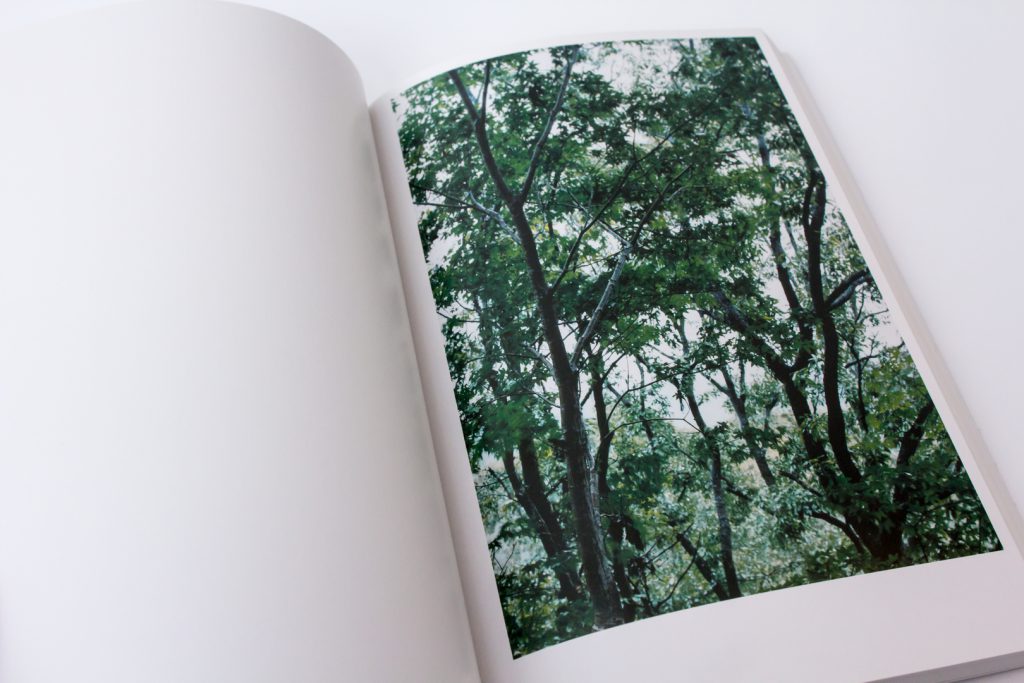
Page from Mushrooms from the Forest 2011 by Takashi Homma

Page from Mushrooms from the Forest 2011 by Takashi Homma
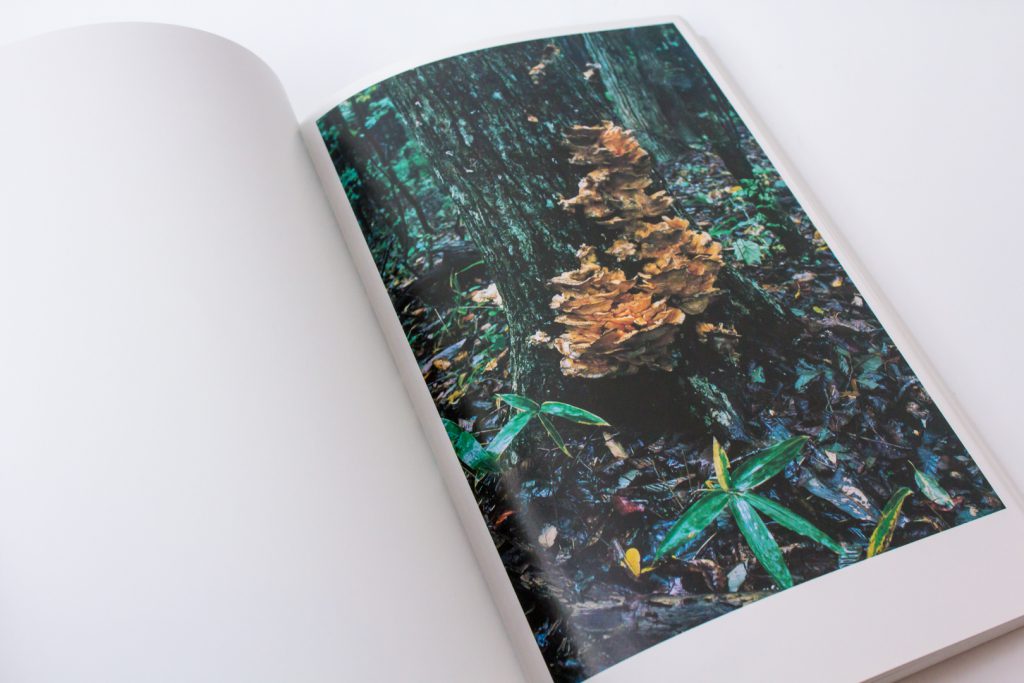
Page from Mushrooms from the Forest 2011 by Takashi Homma
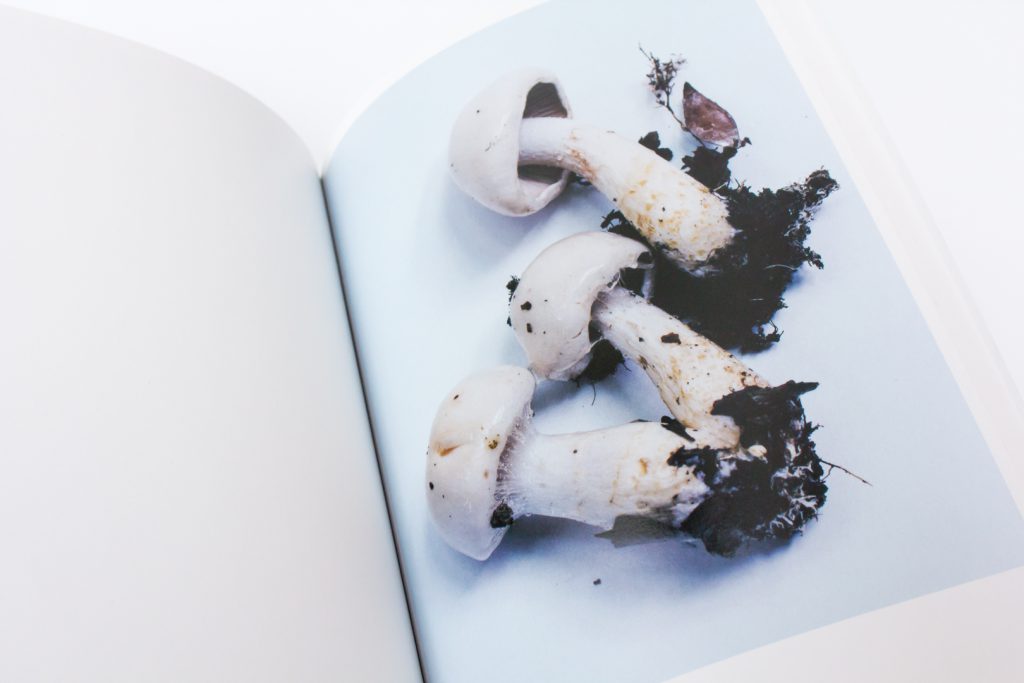
Page from Mushrooms from the Forest 2011 by Takashi Homma
Foraging for wild mushrooms in the forests of Fukushima was once a common pastime for many people in the region. Many species grow robustly throughout the microclimates within the forests. Due to dangerous levels of radiation, foraging and ingestion of these plentiful fungi has been banned indefinitely. Still, the mushrooms themselves appear to flourish, even in the face of invisible, widespread, pervasive, sometimes invisible devastation.
Preservation vs. Progress
In the early 1960s, the Haneda Airport, or Tokyo International Airport, was struggling to support an ever-increasing volume of jet traffic. The growing number of flights—and the noise that accompanied the new jet engines that powered them—caused the Japanese transport ministry to seek an alternative location for a new high-capacity international airport.
A large farming area near the village of Sanrizuka, in Chiba Prefecture, was selected for the development plan. Construction of the Narita International Airport began in the late 1960s. This endeavor forever altered the abundant pastoral quality of life that had thrived there for generations.
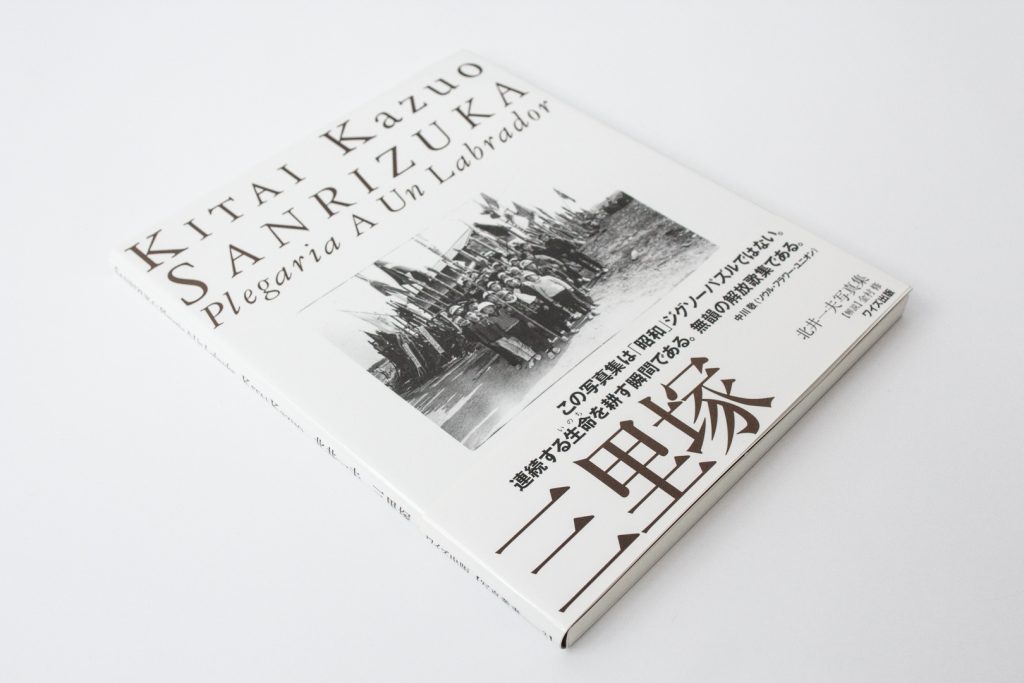
Sanrizuka Plegaria A Un Labrador (Sanrizuka: Kitai Kazuo shashinshu) by Kazuo Kitai
Sanrizuka Plegaria A Un Labrador (Sanrizuka: Kitai Kazuo shashinshu) by Kazuo Kitai (Waizu Shuppan, 2000), is a beautiful photobook that honors Sanrizuka’s traditional rich rural lifestyle, the bountiful agricultural landscape, and documents the protest to save it.
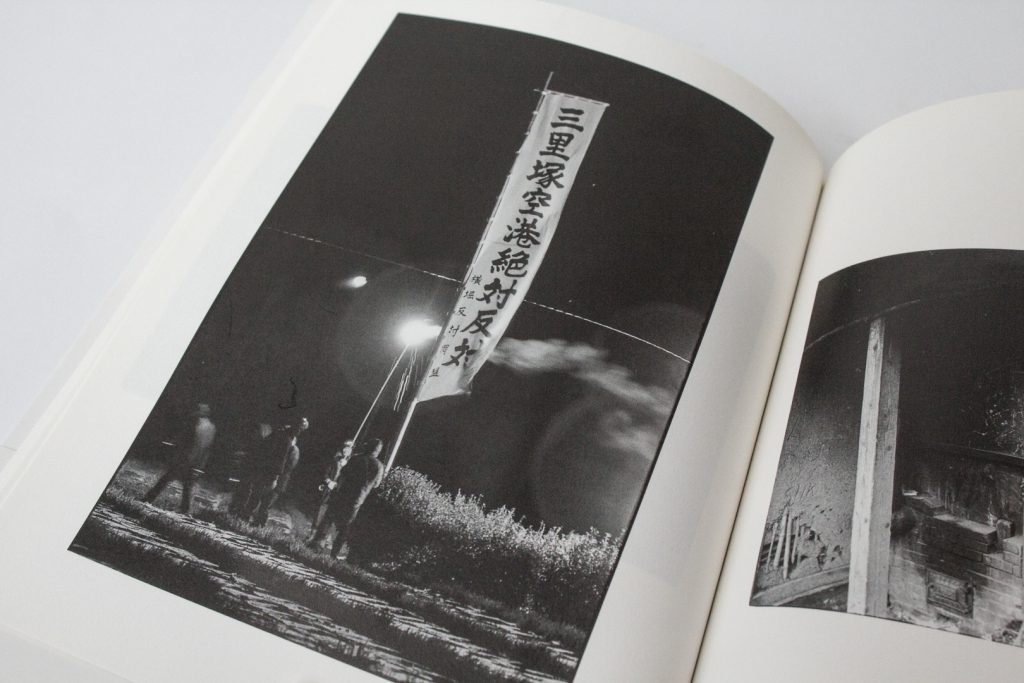
Page from Sanrizuka Plegaria A Un Labrador (Sanrizuka: Kitai Kazuo shashinshu) by Kazuo Kitai
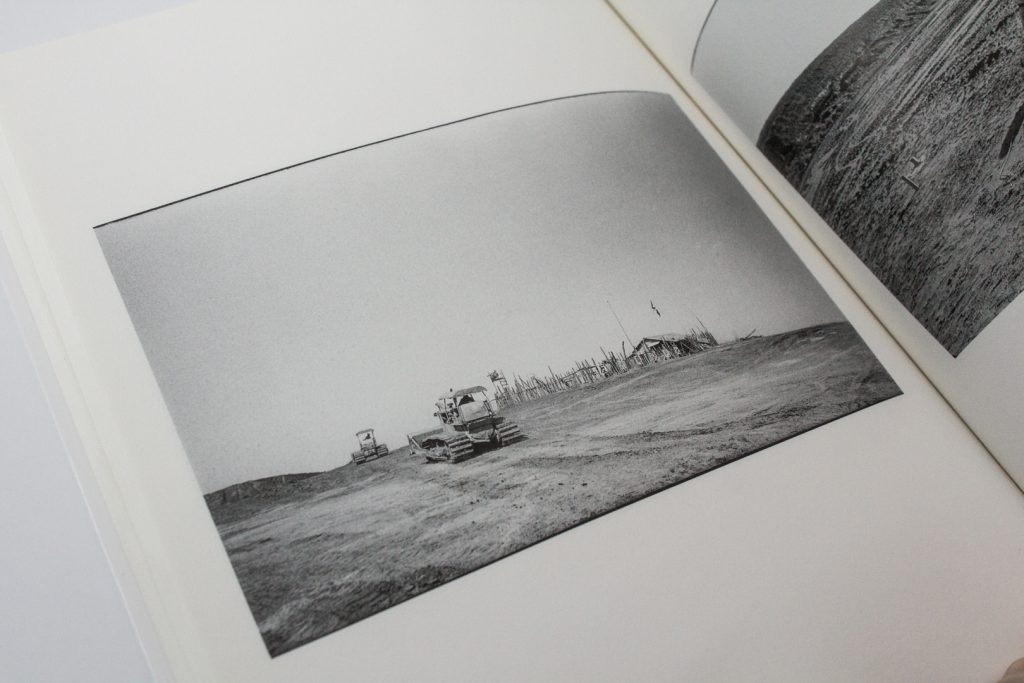
Page from Sanrizuka Plegaria A Un Labrador (Sanrizuka: Kitai Kazuo shashinshu) by Kazuo Kitai
The decision to build the airport on top of the agricultural land was opposed for years by a group of residents and ideological activists. However, construction went forward and what was once farmland eventually became an airport. This photobook poignantly honors the struggle of the people of Sanrizuka and the beauty of the agricultural lifestyle and land they hoped to preserve.
These photobooks are available for consultation at the Dorothy Stimson Bullitt Library at the Seattle Art Museum downtown by appointment while the Asian Art Museum at Volunteer Park is undergoing renovation. When the Asian Art Museum and the McCaw Foundation Library reopen, the photobooks will be available there as an ongoing resource.
– Kate Nack, Library Volunteer, McCaw Foundation Library for Asian Art
